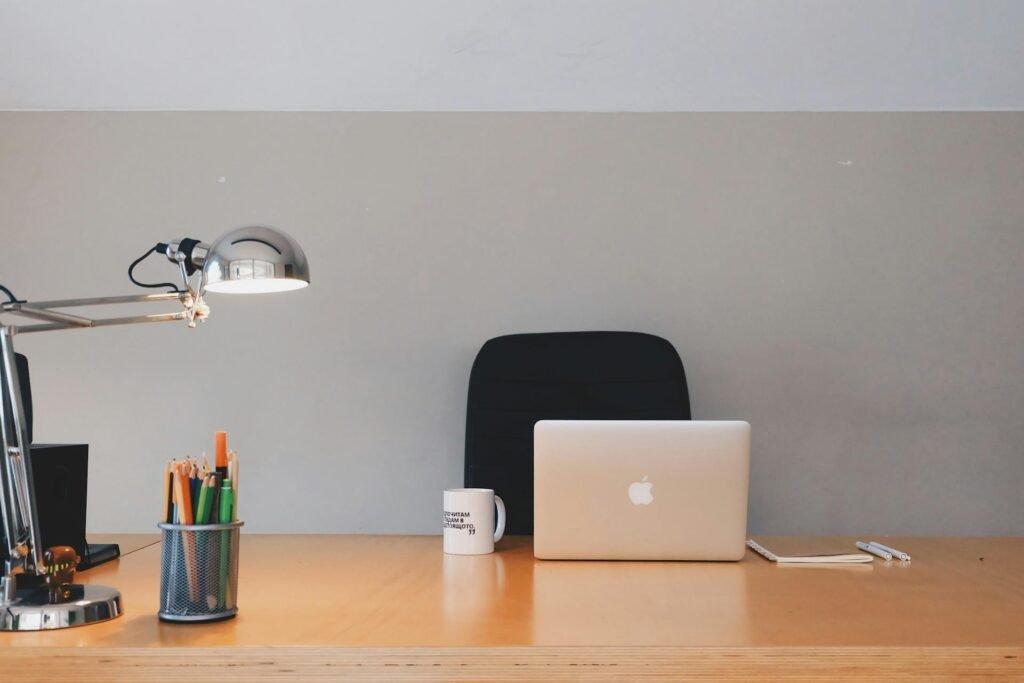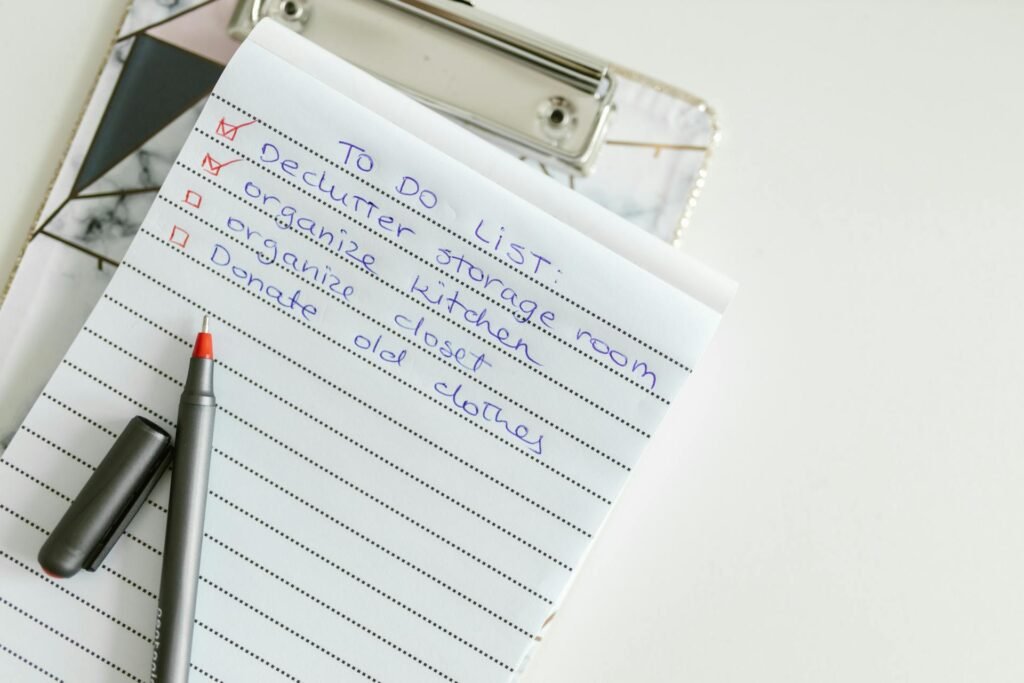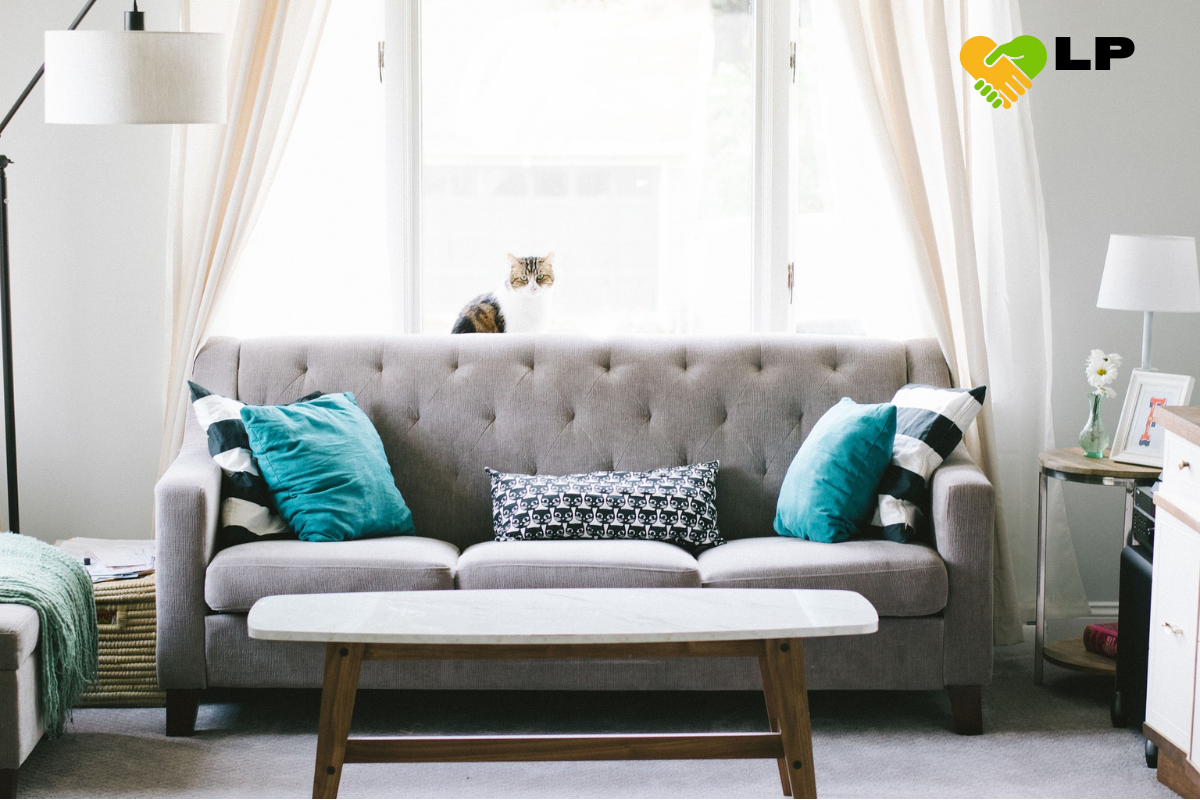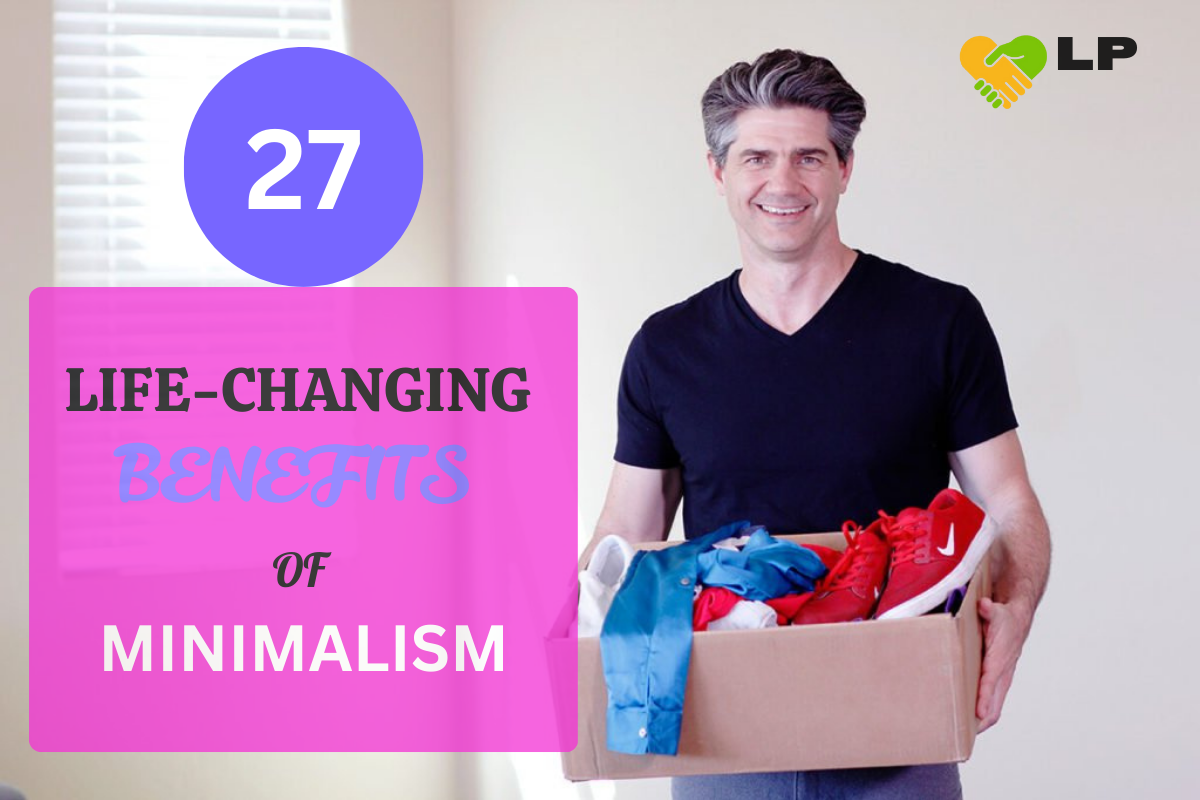You’re not lazy. You’re not a mess. You’re just overwhelmed. Our guide on minimalism for beginners has you covered!
Maybe your home is filled with stuff; closets that won’t close, drawers packed tight, shelves overflowing.
Or perhaps your days are full of busy tasks that don’t bring joy. Everything feels like too much. And you don’t even know where to begin.
You’re not alone, and a 2023 study is there to prove it. According to the study, an average American home has more than 300,000 items.
Yes, imagine over 300,000 items!
That’s not just clutter. It’s a heavy weight on your brain and body. Too much stuff can make you feel anxious, tired, and stuck.
Minimalism isn’t just about getting rid of things. It’s about feeling better. It’s about finding peace, space, and time.
And the good news? You don’t have to do it all at once.
So, how can you get started with your minimalist lifestyle without going too extreme?
This guide is for when you feel overwhelmed. It’s your first small step toward a lighter, calmer life.
What a Minimalist Lifestyle Is
A minimalist lifestyle is about more than just owning fewer things. It’s about living with intention.
At its core, minimalism is choosing to fill your life with only what brings you joy, purpose, and peace. It’s about finding freedom by letting go of the excess, whether that’s stuff, time commitments, or mental clutter.
A minimalist lifestyle allows you to focus on what truly matters to you:
- Your relationships
- Your health
- Your passions
- Your personal growth
It’s a lifestyle that supports balance, freedom, and simplicity. Minimalism isn’t about restriction; it’s about reclaiming space; in your home, in your calendar, and in your mind.
Think of minimalism like clearing the clutter from your desk so you can finally focus on the work that lights you up. It’s a tool to help you get back to what’s important, without being weighed down by distractions.
What a Minimalist Lifestyle Isn’t
Minimalism isn’t about being extreme.
Contrary to popular belief, minimalism doesn’t mean living in a bare, sterile space with only the essentials. You don’t need to downsize to a tiny house or wear the same outfit every day to be a minimalist.
Minimalism isn’t:
- About owning nothing: It’s about owning less intentionally. You don’t have to live like a monk to feel free.
- About being perfect: Minimalism isn’t about creating a perfectly curated space. It’s about simplifying your life to make room for what really matters.
- About deprivation: It’s not about giving up everything you love but rather removing the distractions and clutter that keep you from enjoying the things you truly value.
You don’t need to make big, drastic changes to adopt a minimalist lifestyle. You just need to take small steps toward a life that feels lighter and more intentional.
Why Minimalism for Beginners? (And Why It Helps)
Minimalism means choosing what really matters — and letting go of the rest. It’s not about living in an empty room. It’s about living with purpose.
When we’re surrounded by too much stuff, our minds feel crowded too. Researchers have found that clutter raises your stress levels. It makes it harder to focus. It steals your energy.

But when you remove what you don’t need, something powerful happens. You feel lighter. You think more clearly. You breathe easier. Your space starts to match the life you want to live.
Minimalism is not about perfection. It’s about peace. It’s a way to feel free again.
Step One: Breathe, Then Start Small
When everything feels like too much, the answer isn’t to tackle your whole home. The secret is to start very, very small.
Choose one tiny area. It could be a kitchen drawer, your bathroom counter, the top of your nightstand. Don’t look at the whole room. Just one small spot.
Take everything out. Hold each item and ask:
- Do I use this?
- Do I love this?
- Does this help me live the life I want?
If the answer is no, let it go. Toss it. Donate it. Recycle it. Put back only what feels right.
That’s it. One drawer. One win. You’ve already started. You can check out our decluttering tips and tricks for more!
Step Two: Use a “Not Now” Box
Sometimes it’s hard to decide. You pick something up and don’t know what to do with it. Keep it? Toss it? You go in circles and feel stuck again.
Here’s a trick: use a “Not Now” box.
Grab a cardboard box or bin. Label it “Not Now.” When you find something you can’t decide on, put it in the box. Seal it. Store it somewhere out of sight.
Come back in 30 days. If you didn’t need anything from the box in that time, you probably don’t need it at all. Let it go.
This trick takes the pressure off. And it builds your decision-making muscle. You’ll get stronger every time.
Step Three: Time is Clutter, Too
Minimalism isn’t just about stuff. It’s also about how you spend your time.
When your calendar is full of things you don’t enjoy, that’s clutter. When you say yes to too many events, chores, or people, your peace gets pushed out.
Start simple:
- Say no to one thing this week.
- Cancel something that drains you.
- Take 10 minutes to do nothing — and just rest.
Your time is yours. When you protect it, you feel less rushed. Less tired. More calm.
Think of your schedule like your closet. Only keep what fits and feels good.
Step Four: Build Easy Routines
You don’t need a big plan. You just need habits that help you stay simple.

Try these easy routines:
- One-in, one-out: Every time you bring something new home, let one thing go.
- Nightly 10-minute tidy: Set a timer. Clean up just one area. Then stop.
- Weekly reset: Pick one day to reset your space — put things back, plan your week, restock your fridge.
Routines make simplicity automatic. No stress. No guilt. Just flow.
Step Five: Let Go of Guilt and Fear
Sometimes the hardest part of minimalism isn’t the stuff; it’s the feelings.
We keep things because we’re scared to let them go. We think:
- “What if I need this later?”
- “It was expensive.”
- “Someone gave it to me.”
That’s normal. But here’s the truth: keeping things out of guilt or fear weighs you down.
Letting go isn’t wasteful. It’s healing. You’re not throwing away memories. You’re making space for the person you are now.
If something no longer serves you, it’s okay to say goodbye.
Step Six: Digital Minimalism Matters Too
Your phone, your inbox, your social media, they can clutter your mind just like your closet.
Try this:
- Unfollow accounts that make you feel bad.
- Turn off notifications you don’t need.
- Delete apps you don’t use.
- Unsubscribe from emails that stress you out.
You don’t need a screen full of noise. You need calm. Digital space is mental space. Protect it.
Step Seven: Celebrate the Small Wins
Minimalism is not about being perfect. It’s about progress.
Every drawer you clear, every item you let go, every “no” you say — that’s a step forward. Celebrate it.
Light a candle in your clean corner. Take a deep breath in your quiet room. Feel the space. Feel the peace.
This isn’t about living with less. It’s about making room for more joy.
You’re doing better than you think.
Your Simple Start
Minimalism doesn’t happen in one weekend. It happens in small, steady choices.
Start with a drawer. A box. A moment of rest. That’s enough.
You don’t need more stuff. You need more space to be yourself.
Breathe. Begin. Keep going.
The calm you’re craving is already within reach.
Conclusion: Embrace the Journey of Less
Minimalism is not a destination. It’s a practice — a way of living intentionally, with less chaos and more clarity. When you start clearing out the clutter, you make room for the life you’ve always wanted: one filled with purpose, peace, and space to breathe.
You don’t need to change everything overnight. Small steps, taken consistently, lead to lasting change. The drawer you clear today, the decision to say no tomorrow: They all add up.
Minimalism isn’t about perfection or deprivation. It’s about making choices that bring you closer to your true self and to what matters most. So take a deep breath, and start small. Your journey to less is a journey to more — more joy, more calm, and more freedom.
Frequently Asked Questions (FAQ)
What is the 20-Rule Minimalist?
The 20-Rule Minimalist means getting rid of 20% of your belongings. This could be clothes, items in your kitchen, or anything else. The goal is to reduce clutter by removing a small but significant amount of things you don’t need or use.
What is the 30-30 Rule for Minimalists?
The 30-30 Rule says that if you haven’t used something in the last 30 days and don’t need it in the next 30 days, it’s time to let it go. It helps you decide what’s truly necessary by looking at things in the short term.
How Do I Know if I Am a Minimalist?
You’re likely a minimalist if you feel happier with fewer things, and your home or life is less cluttered. Minimalists focus on what’s most important and let go of what’s not adding value. It’s all about living simply and intentionally.
What Qualifies as a Minimalist?
A minimalist is someone who keeps only what’s necessary and valuable. They simplify their life, focusing on things that truly matter, whether that’s possessions, time, or energy. There’s no exact formula — it’s about living with purpose and clarity.




3 thoughts on “Minimalism for Beginners: Where To Start When Overwhelmed”